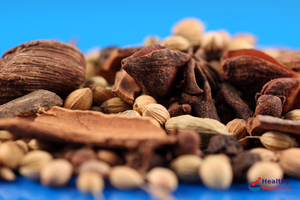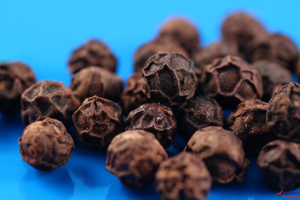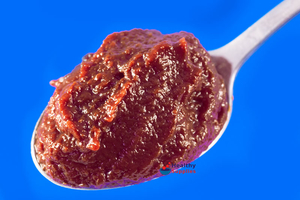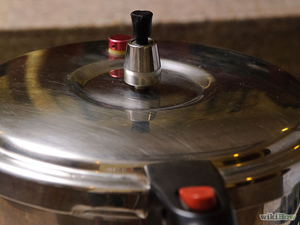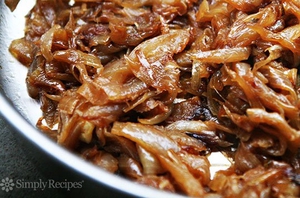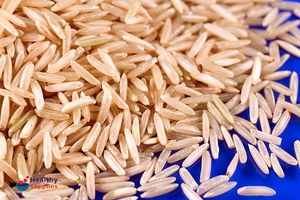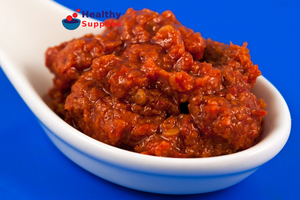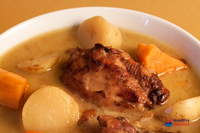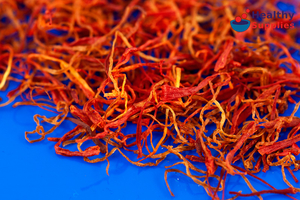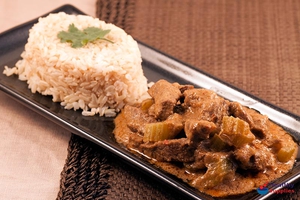TOP 10 TIPS TO TRANSFORM A CURRY
Curry is the food of choice for over a billion people in the world every day. Maybe two billion! Each one of us has our own method of cooking curry… here are some of my own personal ways, methods and top tips.
Brendan Fernandes, Founder, Healthy Supplies
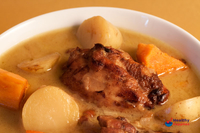
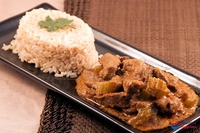
Use whole spices, freshly ground
Whole spices last much longer than ready-ground spices, because the flavoursome oils within each spice are protected by the outer shell of the seed.
For best results, grind finely in a mortar and pestle. You can optionally roast the spices in a pan, but it’s not strictly necessary as the spices will always release their flavours during normal cooking if cooked correctly.
Authentic Indian cuisine uses pepper, rather than chilli, to add heat to curries. Chillies were a relatively recent introduction to Indian cuisine, originally being a native plant of the Americas.
Chillies are, of course, nowadays commonly used throughout India, and most modern curries have both chillies and pepper. Both ingredients add their own individual flavour to the dish.
Most of my curries are tomato-based, and the traditional way to cook a tomato-based curry is to use tomato puree. Fresh tomatoes are too liquidy, and tomato puree has a flavour all of its own that really adds to the curry.
I usually add a tablespoon of ground coriander at the end, which helps to absorb any excess liquid in a flavoursome manner.
I usually avoid using dairy cream – it’s easy to get wrong and isn’t used much in traditional curry recipes. On the other hand, creamed coconut works quite well for a nice creamy texture.
Lentils another great way of adding texture to a curry. They cook in around 20 minutes and can be added to the curry along with the water before allowing to simmer. If you are using a pressure cooker, you can add more ambitious pulses such as chick peas which would otherwise take hours to cook. Which leads me onto…
Use a pressure cooker (via wikihow.com)
Pressure-cooking is the most under-rated food preparation method ever! They are very popular in India, reducing cooking times by a factor of around 3 in most cases. They are ideal for softening hard foods such as pulses; lentils will typically take 5-10 minutes, and chickpeas around half an hour from raw. Meats typically cook in half an hour and just fall off the bone.
Pressure-cooking is fuel-efficient, safe and works for rice as well as curry.
Fry the onions first (via simplyrecipes.com)
Browning, or caramelising, the onions helps to release the natural sugars within the onion. This also applies to garlic. The other ingredients will simply get burnt if you add them at the same time, so it’s best to fry the onions and garlic before everything else.
If you like to roast spices before grinding, it’s better to do them in a separate pan.
Many people have trouble cooking lovely, fluffy rice. The trick is to only just cover the rice with water, to use a pan with a tight-fitting lid, and to bring the water to a simmer before allowing to steam gently.
There will be no need to drain the rice if this is performed optimally.
Curry pastes have gotten good recently. If you are pushed for time, and you choose the right paste carefully, then you can get very good results with minimal effort.
Also, a dash of ketchup can really lift a curry. Don’t tell anyone I said this though!
Let it cook for as long as possible.
Simmering a curry allows time for the flavours to infuse; a long, slow simmering time generally produces the best curry. Flavours will continue to infuse even when the curry is taken off the heat, so do allow time for the curry to “rest” and cool down before serving.
However, if you need curry in a hurry, then you can use a pressure cooker (see above) which provides the same effect as simmering. Do still allow the curry to rest for a little before serving, for ideal results.
Don't overcomplicate the spices
The main spices used in Indian cooking are: coriander, cumin, pepper, cassia, cloves, cardamom, bay leaf and star anise. This mix is known as garam masala.
Many recipes call for turmeric, saffron, curry leaves and so on, but a lot of the time these simply overcomplicate the flavour.
I usually stick to the basics, perhaps garam masala with a dash of tamarind and a few chillies. A spoonful of turmeric is great for colouring the rice yellow, but I don’t tend to put it in the main curry.
Don't be a slave to the recipe books
Recipe books are written by people who write recipe books for a living. The combinations of spices listed can often be arbitrary; in reality, most Indian cookery is performed using whichever spices are to be found at hand.
Don’t be afraid to go “off-piste” and experiment! Nobody is an authority on the “correct” blend of spices for any particular Indian recipe; they are all traditional. Let your taste buds – and your family and friends – be the judge!

